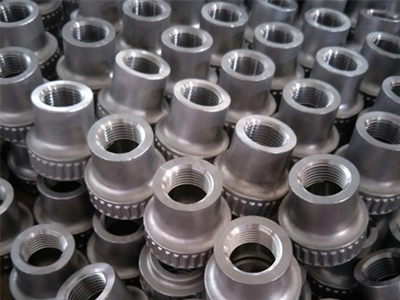- What are the models of ductile iron castings?
- Gravity casting Technology of Aluminum Alloy
- Sand casting production for large Steel Castings
- The reason for the high carbon content of stainless steel castings
- Stainless steel casting manufacturing process
- Causes of insufficient precision specifications of precision castings
- What are the surface cleaning methods of stainless steel precision casting?
- How to avoid pollution in stainless steel castings
- What are the common measurement problems of stainless steel castings?
- The points for attention during the operation of precision casting
- Call : +86 13390692151
- sale@kfqizhongji.com
-
Room 1, No. 21, Chaoying East Road, Zhoushi,
Kunshan City, Jiangsu Province, China
Introduction of cast Iron Materials
Cast iron material is a group of carbon alloys containing 2 to 4% carbon and varying amounts of silica and manganese. It also contains impurities such as phosphorus & sulfur. It is produced by reducing iron ore in blast furnaces, and its primary material is cast iron produced from molten iron ore in the furnace. These irons are made directly from molten pig iron or by smelting pig iron, often with a substantial amount of iron, limestone, steel, or coke.
It can be melted in a special type of blast furnace called a cupola but is most often melted in an electric induction furnace or an electric arc furnace. As mentioned earlier, cast iron is made from pig iron, limestone, and coke. This manufacturing process takes place by melting those three ingredients in a cupola furnace. The cupola furnace is more or less similar to the blast furnace.
It is cylindrical in shape and has a diameter of about 1 m and a height of about 5 m. The material is poured from the top of the furnace and then heated. At this point, the impurities in the pig iron are somewhat removed by oxidation which forms the molten iron.





